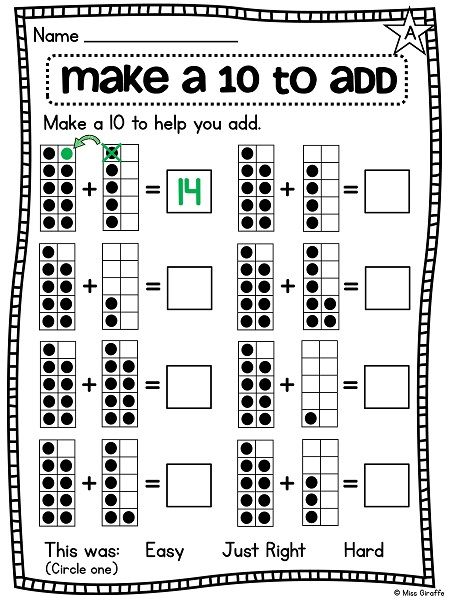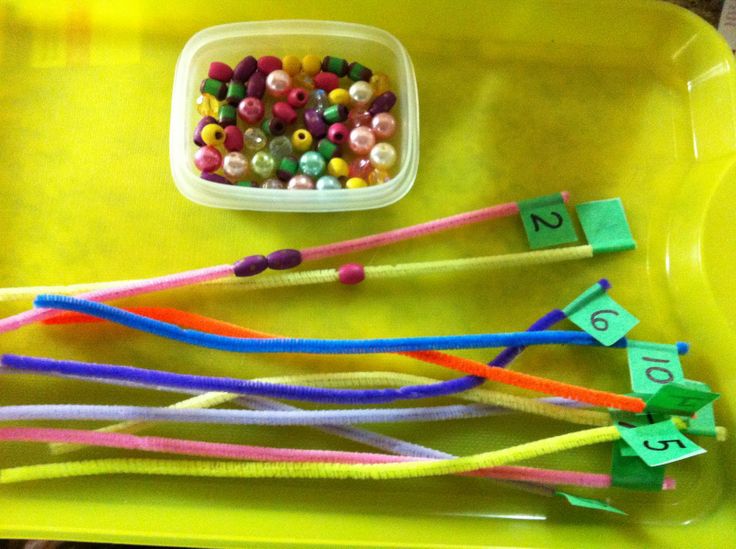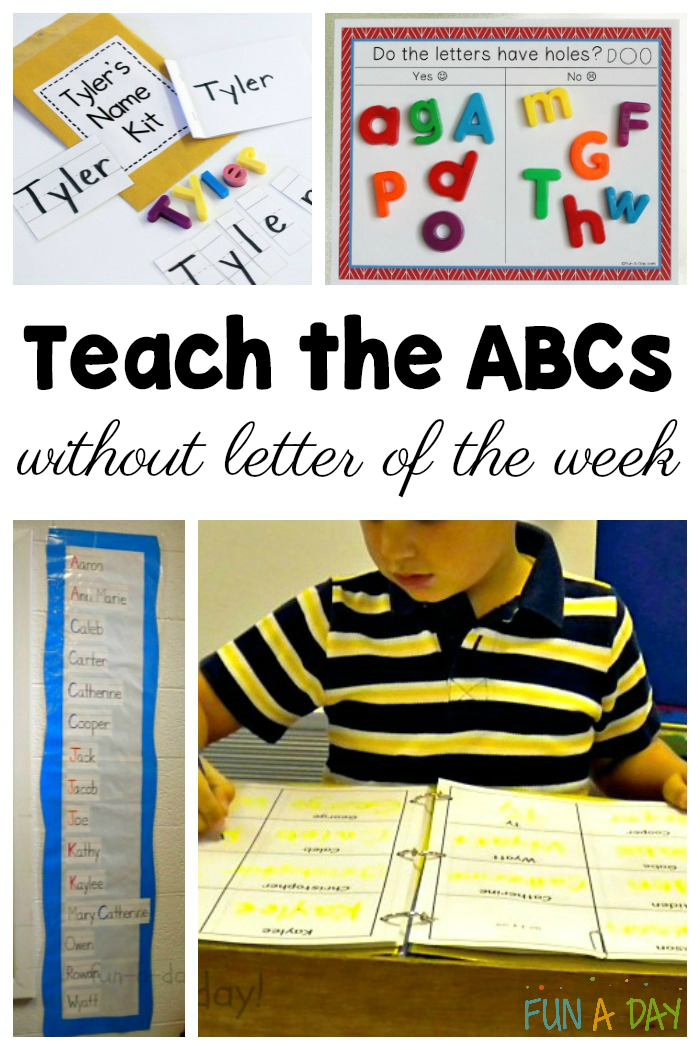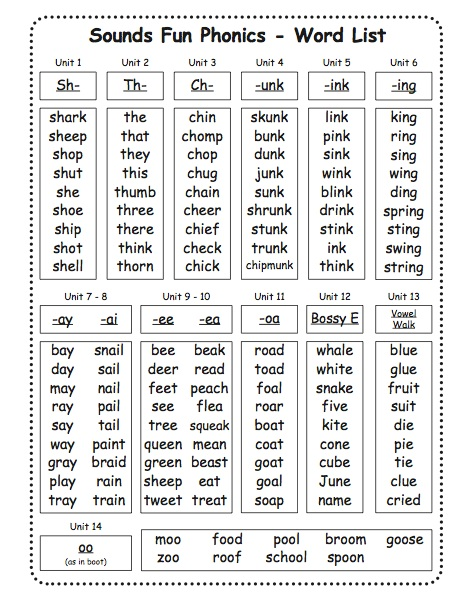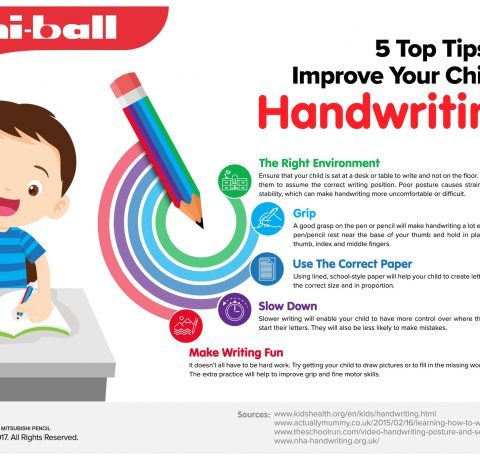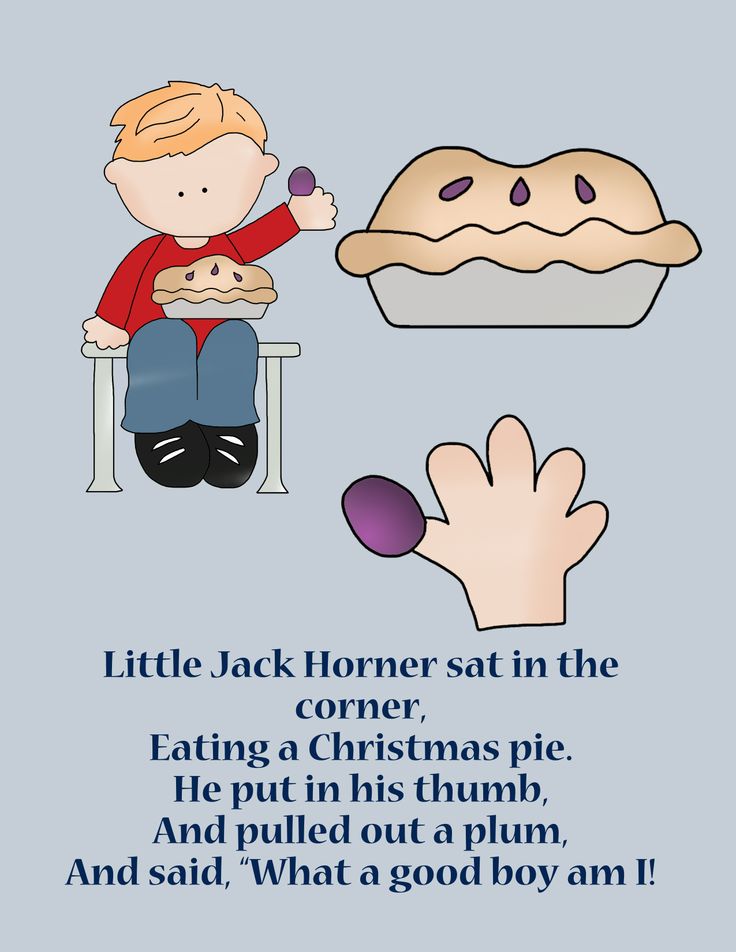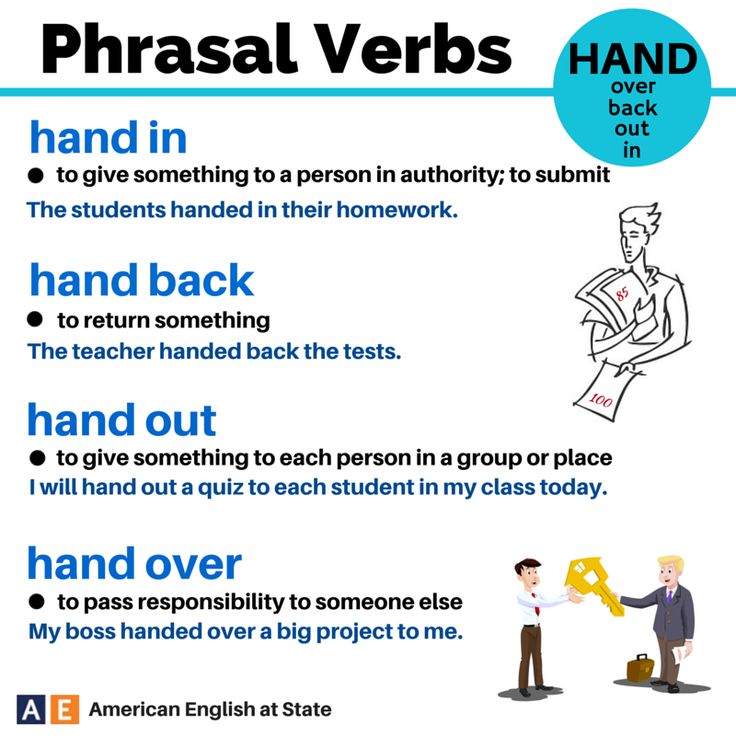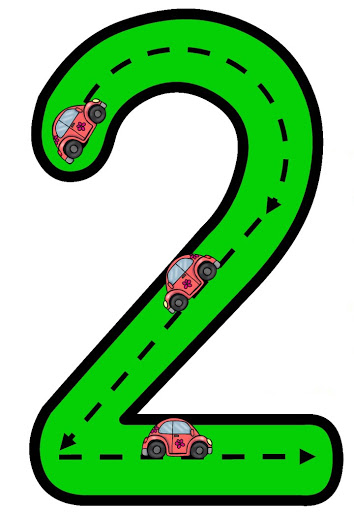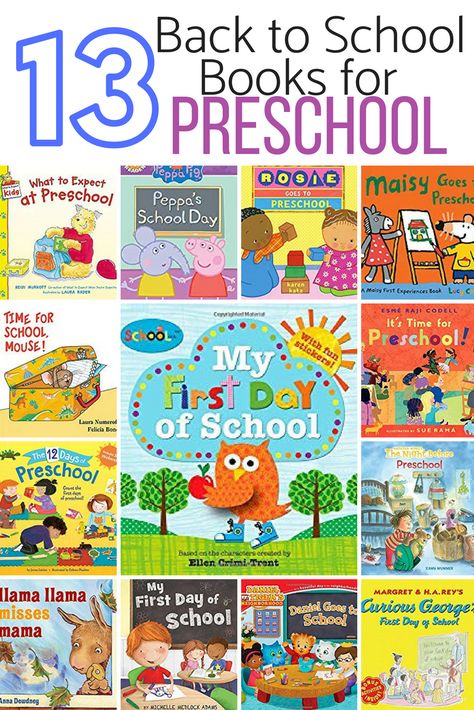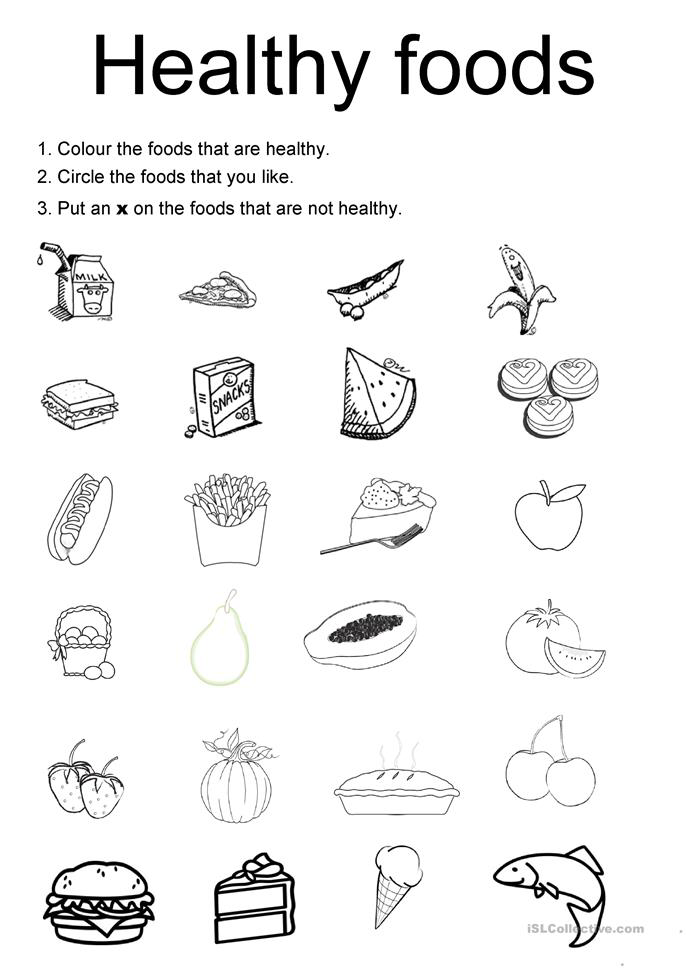First grade add
Addition Games for 1st Graders Online
Frequently Asked Questions:
Q1: Why is learning addition important?
Ans: Addition is one of the four basic arithmetic operators without which one cannot imagine any calculation. Be it, finding total cost of some articles or just counting different group of people, counting objects or money; addition is everywhere.
Q2: What do first graders learns in addition?
Ans: First graders learn adding two one-digit numbers using various strategies.They learn to identify and form addition sentences in the form a + b = c; which they can solve mentally as well as by counting forward. Addition can also be done visually using number line.
Q3: How do you add two numbers?
Ans:
Numbers can be added using various strategies. We can count on from first number to add. Numbers can also be added using number line, using fingers, on hundreds chart and mentally. If you want to add 4 + 3, start with 4 and count up 3 more as 5,6,7; the number you reach is the answer. Here, 4 + 3 = 7 is the answer.
Q4: What is simple addition?
Ans: Simple addition means adding small numbers in a simpler way. The easiest way is to count on to add the numbers. If you want to add two numbers,start from the first number and count on the second number of times. The number you reach is the answer.
Overview of the topic- Addition
The main purpose of early childhood education is to reinforce opportunities for learning and developing necessary skills. currently, even in the primary phase education, the educational pedagogies are completely based on instruction based or knowledge based learning, limiting the learning domain of the child.
Learning of mathematics should not be limited to imparting only the theoretical and factual knowledge with properly defined procedures and tasks to carry out; instead from the research standpoints, the overall aim of the mathematics curriculum should be the development of mathematical proficiency amongst the children.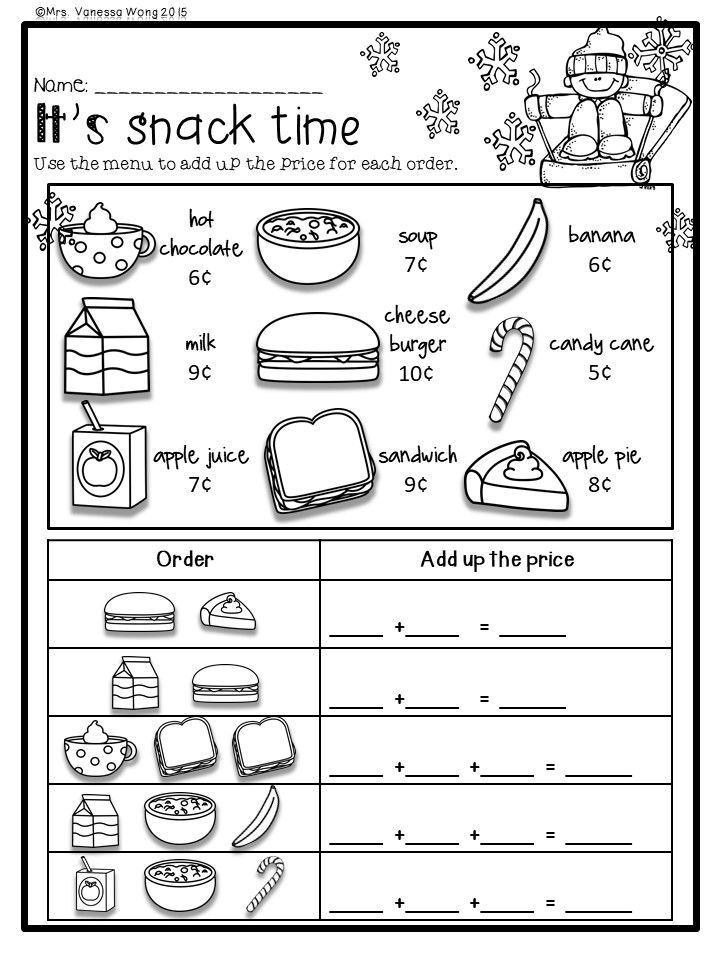
This type of technique helps the child to connect with their immediate surroundings, developing his knowledge domain, for example, arithmetical operations; where the child applies appropriate mathematical skills in selecting right operations for problem solving, knowing when to perform addition or subtraction.
In the first 2-3 years of schooling, a child develops skills of identification and counting numbers till 1000. They are competent in ordering numbers on a number line. in grade 1 math focusses on extending the skill of counting numbers and identifying objects to sorting similar things in different groups and then summing them up together through proper and appropriate real-life settings.
The puzzle games and math worksheets focus on single digit addition, double-digit addition, the communicative property of addition, 2 digit addition with regrouping, number bonds etc. These funbrain games help the children to master the skill of simple addition without compromising on their playtime.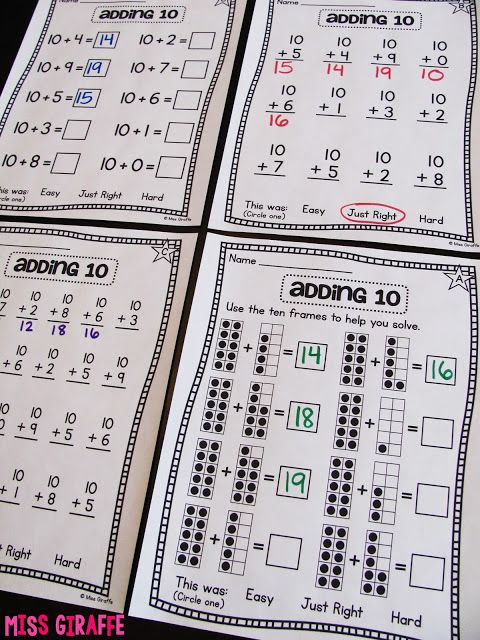
Math Addition
Addition definition: addition is the "putting together" of two groups of objects and finding how many in all. The concept of addition can be easily developed through hands-on experiences with countable objects or place value blocks.
Commutative property addition:
What is the commutative property of addition?
Look at the picture first:
Now, 7 added to 4 will be equal to 11 and so will be when 4 is added to 7. Thus, changing the order of addends does not change the sum. This is called the commutative property of addition.
Take another example
Here one important thing must be kept in mind that subtraction is not commutative in nature.
Let us understand more about it using commutative property of addition worksheets or online quizzes.
Addition Table
An addition table is a mesh of numbers that helps in adding single digit number. We can easily look for the result in the table.
Children can use this addition chart and learn to add natural numbers with its help.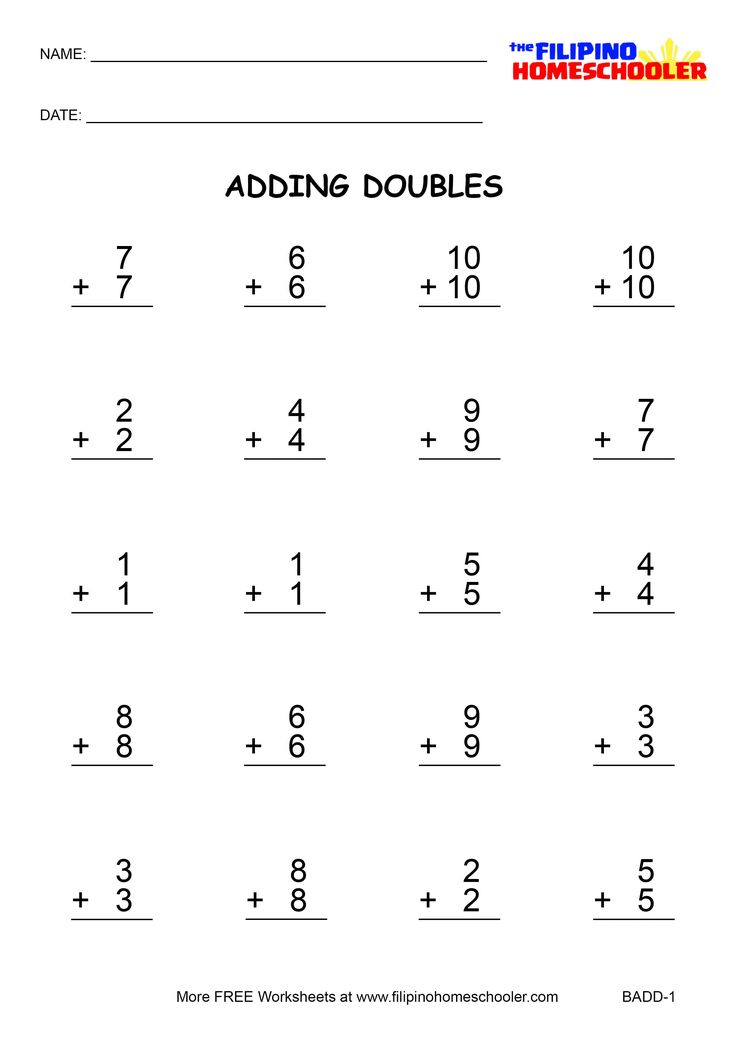
Number line method: adding whole numbers within 20
One of the math aid to solve math problems is the usage of the number line. A number line comprises a graduated straight line with whole numbers or integers marked on it at equal intervals. It is useful in addition and subtraction of numbers.
In grade 1 math, we will restrict ourselves only to whole number addition. how to add integers will be taught in grade 2 and grade 3.
Every point of a number line is a whole number. The starting point of the line is 0.
How to add numbers using a number line?
- Form a number line from 0-20, going from left to right.
- Now define a math problem, say add numbers 5 and 3.
Here 5 will be the first number and 3 is considered as the second number.
- Find the first number of your addition problem on your number line.
Put your finger there. In this example place your finger at 5.
Mark the number or encircle it.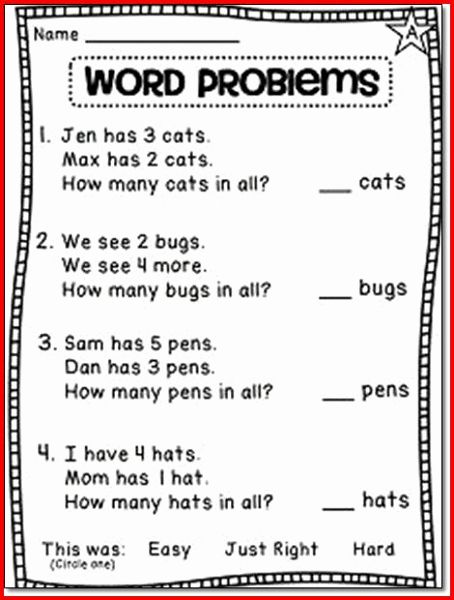
This is the point from where to start counting to add 3.
- Move your finger to the right to the next hashmark and number. You have now moved 1 space.
- Move your finger the same number of spaces as the second number in addition problem, then stop. This will make sure you end on the answer to your problem.
Don't move more spaces than the second number in your addition problem.
For example, if the second number in your math addition problem is 3, you will move 3 spaces. Our answer is 8.
Math Addition Games for Kids
Mathematics is primarily taught to develop the power of thinking and reasoning. Learning of mathematics is entirely based on cognitive processes such as analysis, synthesis, induction, deduction, elimination of possibilities etc.
While designing educational games on an addition for grade 1 children, Robert Mager’s approach was the focal point. According to him, it is important to define objectives of learning in terms of behavioral changes that are expected in the child at the end of the lesson.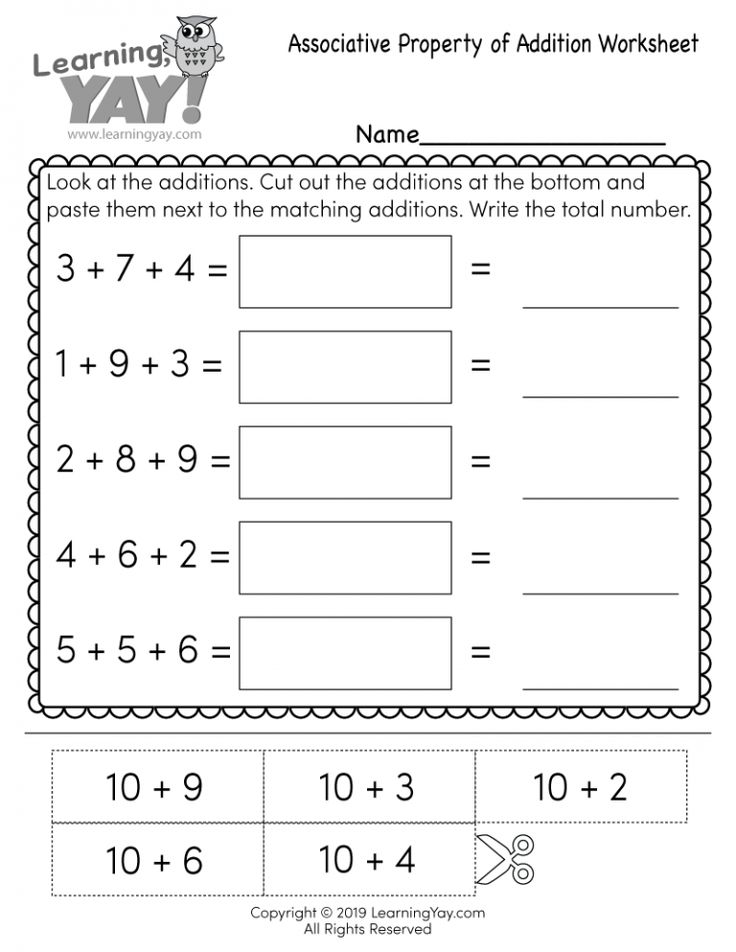
Children are often taught to know how to add, subtract, multiply and divide, but may still be unable to decide which to do when faced with a real problem. The major goals of these fun games for kids are to stimulate child’s mathematics task motivation, build up self-concept by involving them in solving simple everyday math problems that apply to real life. This also facilitates their growth from one level to another level of education. online math problem solvers and learning games are a great way to develop a foundation for math skills playfully and are in alignment with the core curriculum.
Teaching addition through simple manipulative
1. Loading the truck to Mississippi: Single Digit Addition Game
Ronald is shifting to Mississippi with his family. They need to load their cargo in the trucks. Help him in doing so.
Ronald has packed his stuff in different colored boxes. The boxes are loaded into color coordinated trucks. Count the number of similar colored boxes loaded in each truck.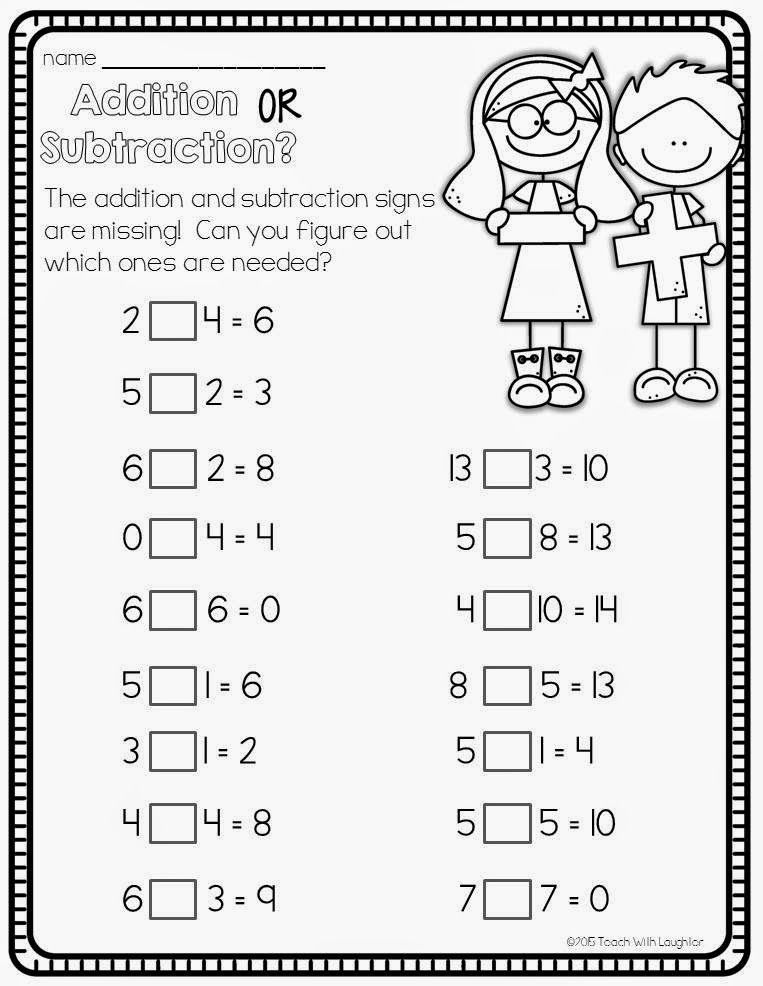
Write its value in the circles provided. The third truck is named the sun truck.
Now add the numbers in both the circles and write the sum in the square box. Now place these many boxes into the sum truck.
The key features of this online educational game for kids are:
- It is appropriate for kids in the age group 3-6 years.
- It’s a great math application to learn and practice the concept of addition along with color coordination for kids of grade 1.
- This grade 1 addition game make the study of addition interesting and purposeful.
- Children are acquainted with problem solving and computational skills.
- the children count the correct number of boxes loaded in each and write it in the box provided.
- They then add the total number of boxes in both the trucks and drag these many boxes and load the sum truck.
2. Bunny hops
Its Easter time and everyone is blooming with joy and celebrations.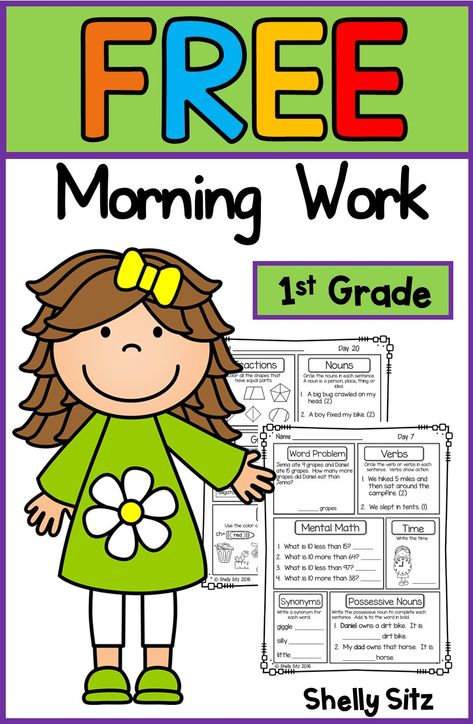 But our little Booso the bunny is unhappy as he has not finished the task of collecting enough Easter eggs for the celebrations.
But our little Booso the bunny is unhappy as he has not finished the task of collecting enough Easter eggs for the celebrations.
Please help him in doing so.
Count the number of eggs in each basket by choosing the correct number given below. Add the total eggs in both the baskets and place the total count from the list of numbers given below.
The key features of this online math educational game for kids are:
- It is appropriate for kids in the age group 3-6 years.
- It’s a great math application to learn and practice the concept of addition for kids of grade 1.
- It is a simple double digit addition math game.
- the game features a bunny rabbit shows the way to a garden full of Easter eggs and baskets, where children learn and practice addition concept.
- the children identify the correct number of images and then drag these numbers to the correct blocks.
3. Communicative property of addition game: Swapping the Flags
Match the numbered flags from the appropriate boxes and drag them to its place.
4. 2 digit addition with regrouping
This math worksheet/math activity is based on double digit addition without carrying. The children sum up the digits individually and write the answers in the space provided.
If the answer is correct then they get a chance to untie the balloon with the same number written.
5. Addition with number line: Single Digit Addition
using number line in single digit addition.
6. Frog hop: Commutative Property of Addition with Number Line
Fergus, the frog is playing with its friends in the pond. They start playing a hopping game.
Move the frog on the numbers lotus leaves as the addition word problem is displayed on the screen.
7. Make the Fergus jump 4 steps + 3 steps
Where did Fergus land? ________
Now make the Fergus jump 3 steps first and them 4 steps.
Where did Fergus land? +________
This means:
8.
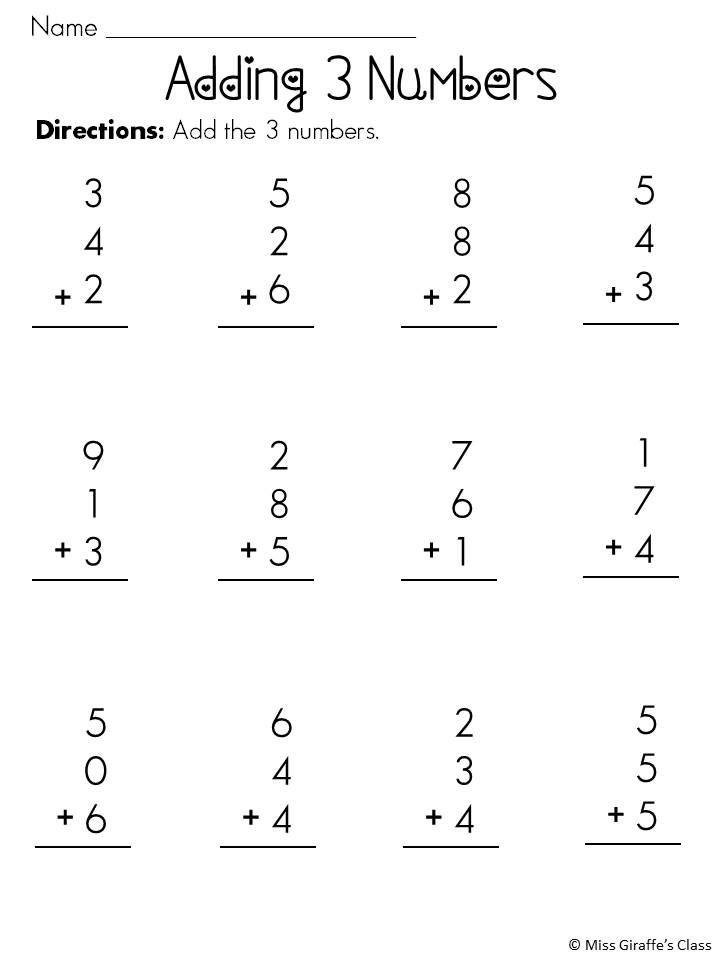 Game play with number lines: This is an easy math game that can be played with a dice.
Game play with number lines: This is an easy math game that can be played with a dice.Hand over flash cards with drawn number lines to the children.
Now roll the dice and ask them to add numbers using a number line.
9. Missing Addend Worksheets
10. Missing addend game: Associative Property of Addition
About SplashLearn and math worksheets
The expert at SplashLearn design the core curriculum based single digit addition worksheets, addition with regrouping worksheets, addition without regrouping worksheets and online addition games for the kids required for developing the necessary the cognitive skills. These acquired skills help the child to apply the concepts learned to real life problems and situations.
The fun addition games and simple addition worksheets designed by the experts are age appropriate and help in stimulating the curiosity and develop an interest in math education.
The SplashLearn lab activities help the child to explore mathematical ideas by doing.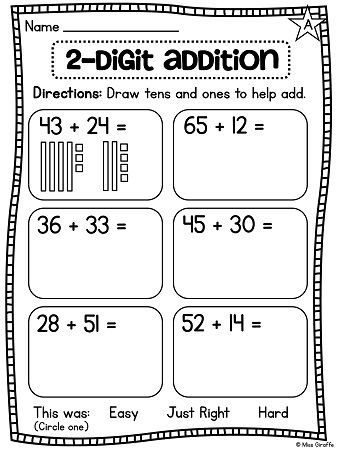 It emphasizes on the heuristic approach of learning.
It emphasizes on the heuristic approach of learning.
Engaging yourself and your child in SplashLearn programs helps your child to develop math educational skills and important life skills to deal effectively with the demands and challenges of this competitive world while having fun.
1st Grade Math Skills, What Your Child Will Learn, Komodo Math
- Math Tips
- Education
- 1st
Your child is heading to first grade! After the year in kindergarten, your first grader will be ready for some amazing growth. For many children, first grade is the year that they bloom as readers and mathematicians. Get ready to support your child’s mathematical growth by learning about first grade math skills.
In first grade, you can expect your child to learn about:
1. Addition and subtraction facts to 20
Now that your child has mastered the idea of adding and subtracting, they’re ready to practice math facts.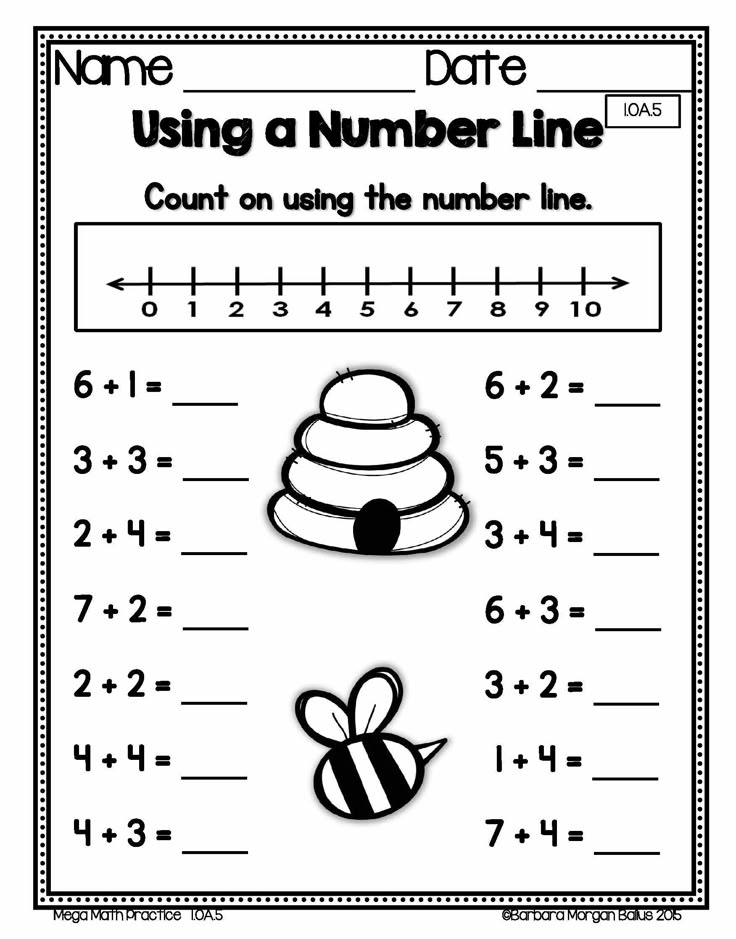 This means getting faster when answering addition and subtraction problems to 20.
This means getting faster when answering addition and subtraction problems to 20.
Help your child develop fluency by asking basic addition and subtraction problems - we find that using treats can help keep kids interested! If your first grader needs support, encourage the use of physical objects or fingers as problem-solving tools.
2. Addition and subtraction as inverse operations
Your child probably understands the concept of addition as “putting together” and subtraction as “taking apart.” In first grade, children are encouraged to see the connections between addition and subtraction. Your child will learn how addition and subtraction are inverse operations, or that one is the opposite of the other, and create “fact families” of related addition and subtraction problems.
When working with addition and subtraction, ask your child to see connections. For example, if your child has four dolls and three cars, ask how many toys there are in all.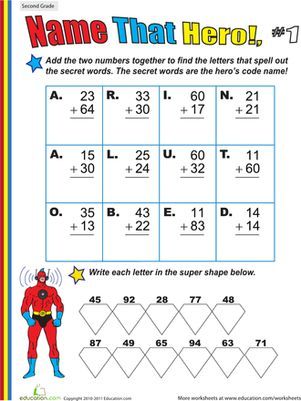 Then ask how many toys there would be if the four dolls are taken away.
Then ask how many toys there would be if the four dolls are taken away.
3. Count and write within 120
Your child has probably mastered counting to 20. But in first grade kids will learn to count all the way up to 120! That’s not all. Kids will be expected to not only count, but write, the numbers. This is great practice for understanding multi-digit numbers.
At home: Encourage your child to write numbers whenever possible. Talk about how two-digit numbers are made up of tens and ones and how three-digit numbers are made up of hundreds, tens, and ones. Just looking closely at multi-digit numbers together can be a great learning opportunity.
4. Add within 100
Now that your child has an understanding of numbers past 100 as well as basic addition and subtraction facts, it’s time to practice adding within 100. Children will practice adding one-digit numbers to two-digit numbers using strategies like counting on and number charts.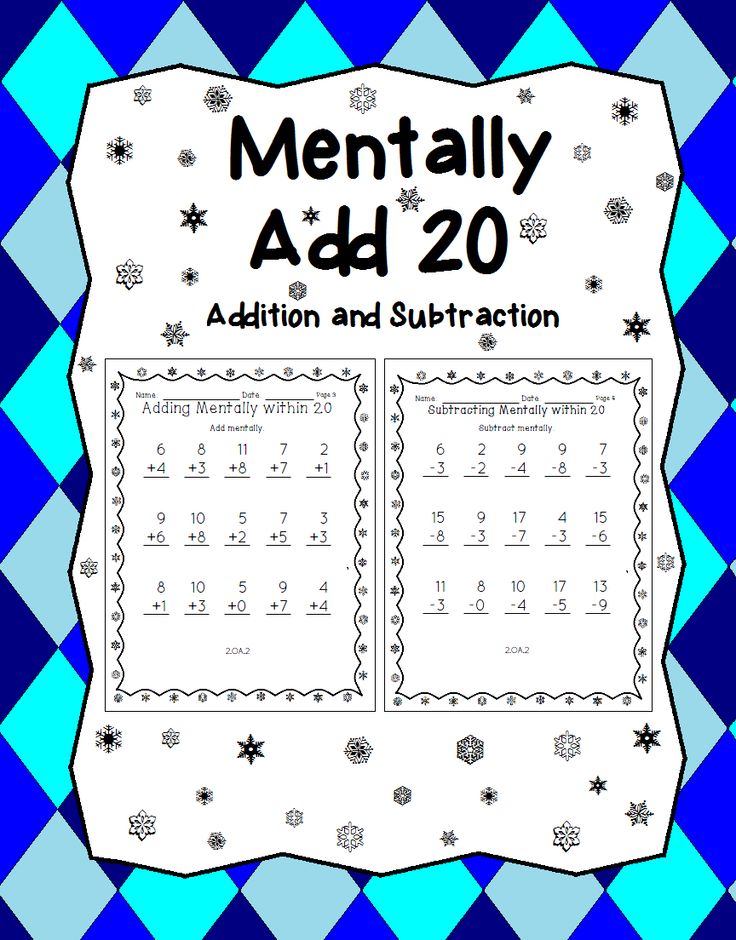 Children can practice adding larger numbers with the help of a 1-100 chart.
Children can practice adding larger numbers with the help of a 1-100 chart.
First graders are also ready to practice adding and subtracting 10s to and from two digit numbers.
At home: Help your child see patterns when adding and subtracting 10s. For example, after solving a problem like 59 - 10 = 49, point out to your child that 49 has one less 10 than 59. This is another great way to learn about place value.
5. Measure objects
In first grade, kids learn how to measure using rulers and more unusual things like paper clips. After taking measurements, children compare and order objects by length.
At home: Kids love measuring things around the house, so keep a couple of rulers handy. Pay attention to how your child is using a ruler and taking measurements. Sometimes kids don’t quite measure from end to end, so they might need a bit of help.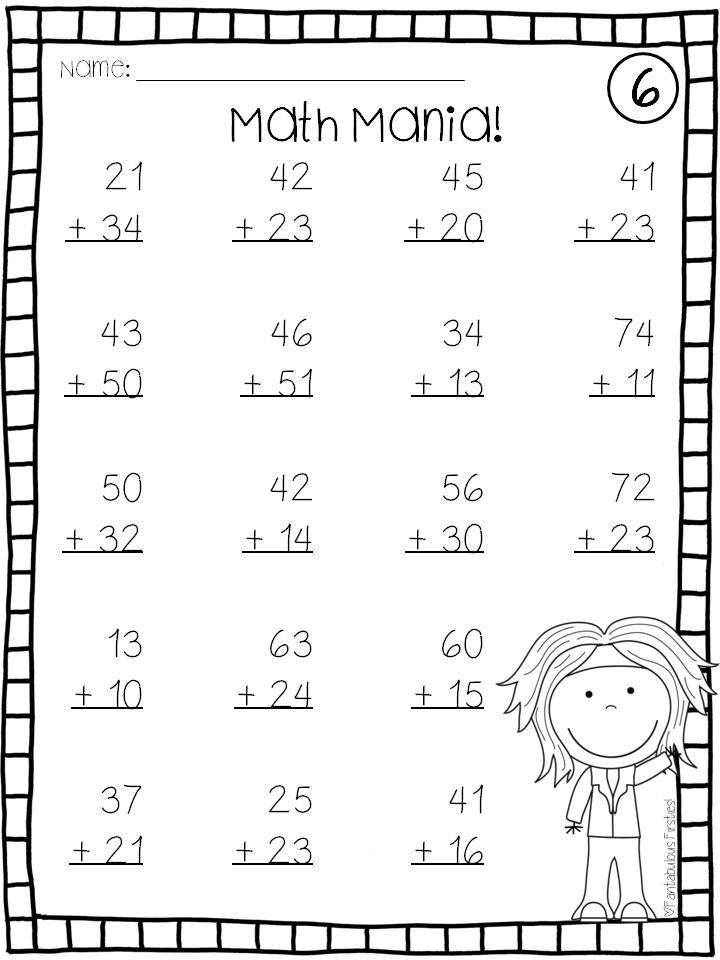 ..
..
6. Tell time to hour and half hour
One of the trickiest concepts first graders will learn is to tell time. Using analog clocks is confusing, especially when kids are more used to seeing digital clocks. In first grade, your child will learn about the big and little hands of a clock and will practice telling time to the hour and half hour.
At home: Get hold of an analog clock for your home (either a real one or one made just for learning). Talk with your child about the time and how the hands move around the clock. Remember to just focus on telling time to the hour and half hour to start!
7. Understand basic fractions
First graders also get an introduction to fractions as equal shares. They will learn how to divide into equal groups and learn basic fractions like ½, ⅓, and ¼. First graders usually have a good understanding of fairness, so practicing making equal shares should be a relatively easy task for them!
At home: Help your child to divide pizzas, pies, and sandwiches into equal shares.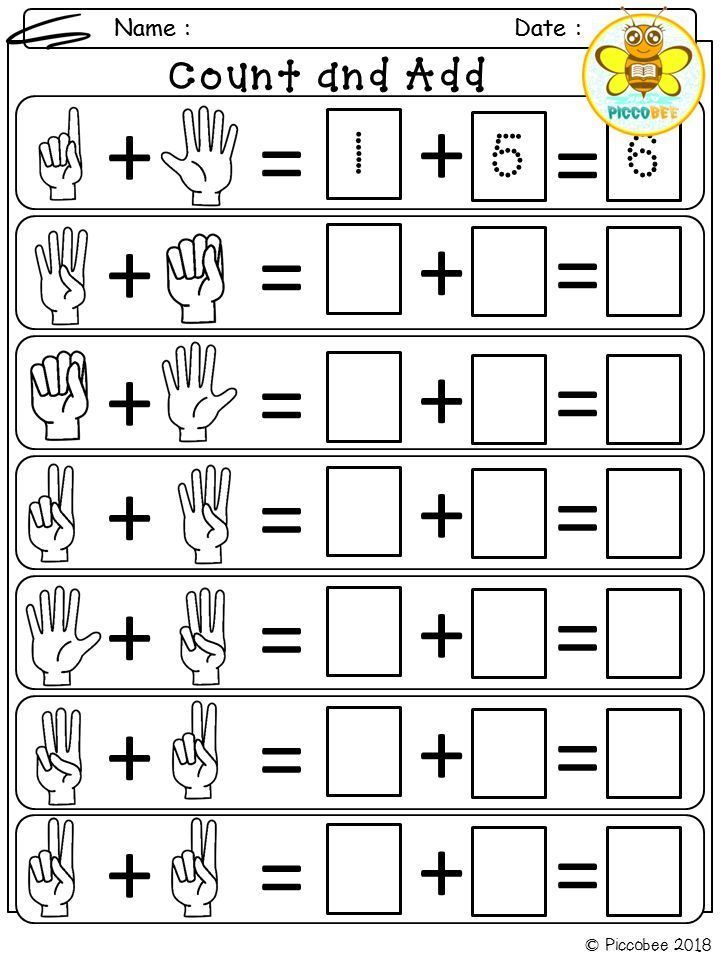 As you do, talk about the fractions of the whole that you created.
As you do, talk about the fractions of the whole that you created.
First graders are ready to dive deep into mathematical concepts. Find time to connect with your child about classroom learning and get ready to have some fun!
Found this useful? Check out our grade by grade math guides from Kindergarten to 5th grade
Written by Lily Jones, Lily loves all things learning. She has been a kindergarten & first grade teacher, instructional coach, curriculum developer, and teacher trainer. She loves to look at the world with curiosity and inspire people of all ages to love learning. She lives in California with her husband, two kids, and a little dog.
About Komodo – Komodo is a fun and effective way to boost K-5 math skills. Designed for 5 to 11-year-olds to use in the home, Komodo uses a little and often approach to learning math (15 minutes, three to five times per week) that fits into the busy family routine. Komodo helps users develop fluency and confidence in math – without keeping them at the screen for long.
Find out more about Komodo and how it helps thousands of children each year do better at maths – you can even try Komodo for free.
Back to School - 5 Tips to Help you Ease Back into the Routine
Here are some steps you can take to ease children back from full vacation mode so that the first week of school doesn't knock you sideways.
Mindset - The Path to Mastery
People who have a growth mindset believe that they always have the potential to learn and improve. They are more motivated to persevere with difficult tasks, to take risks and to learn from failure.
Admission to the first grades - Official website of the Administration of St. Petersburg
Registration of children for the 2022/2023 academic year will begin on April 1. Parents will be able to attach electronic images of documents to the application. From April 1 to June 30, applications will be accepted from regional and federal beneficiaries, whose children have a priority right to enroll in the first grade, and from parents whose children live in the territory assigned to the educational institution.
Applications from citizens who do not live in the assigned territory will be accepted from July 6 to September 5. As before, applications can be submitted on the State Services portal or at the MFC. It doesn't have to be April 1st, though. All applications are accumulated in a single electronic database without assigning them any serial numbers. Only after 30 working days have passed do schools start processing them and sending out invitations to parents. When choosing the traditional face-to-face method of submitting an application, this can be done in any structural unit of the MFC, regardless of the area of residence and at any convenient time, without changing the usual rhythm of life - for example, but on the way to work or to the store. The opening hours of all MFCs are available on the website. Applications submitted through the State Services Portal and through the MFC have equal legal force. This or that way of submission of documents does not give any advantages to the applicant.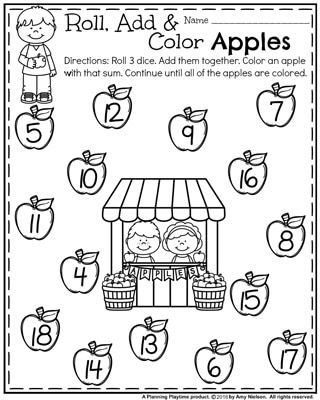 That is why in recent years, almost half of the parents prefer the remote method of enrolling children in the first grade - after all, this can be done in just a few minutes without leaving home. Please note that regardless of whether electronic images of documents were attached when applying through the portal or the MFC, the originals are still provided by the parents personally to the educational institution.
That is why in recent years, almost half of the parents prefer the remote method of enrolling children in the first grade - after all, this can be done in just a few minutes without leaving home. Please note that regardless of whether electronic images of documents were attached when applying through the portal or the MFC, the originals are still provided by the parents personally to the educational institution.
If the children are pupils of the structural unit "Department of preschool education", an application for the first grade of this school is not required. But the attendance by children of classes in preparation for school is not a basis for preferential admission to an educational institution. Detailed information on the procedure for admission to education in the first grades of schools and categories of children with a priority right to enroll in education
to the state educational organizations of St. Petersburg, is posted in a special section on the website of the Committee on Education.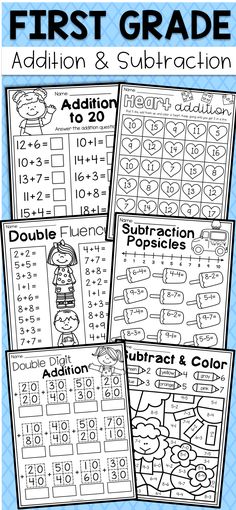
Memo for parents of future first graders
Order of the Ministry of Education of the Russian Federation dated 02.09.2020 No. 458 “On approval of the Procedure for admission to study in educational programs of primary general, basic general and secondary general education” -
Order of the Ministry of Education of the Russian Federation dated 08.10.2021 No. 707 "On Amendments to the Order of the Ministry of Education of the Russian Federation dated 02.02.2020 No. 458 "On Approval of the Procedure for Admission to Educational Programs of Primary General, Basic General and Secondary General Education"
Order of the Committee on Education No. 879-r dated March 31, 2021 (as amended on January 17, 2022) “On Approval of the Regulations of Educational Organizations Implementing Educational Programs of Primary General, Basic General and Secondary General Education, which are administered by the executive bodies of state power St. Petersburg, for the provision of services for enrollment in educational organizations that implement educational programs of primary general, basic general and secondary general education”
Decree of the Education Committee dated 17. 01.2022 No. 68-r “On Amendments to the Order of the Education Committee dated 31.03.2021 N 879-r”
01.2022 No. 68-r “On Amendments to the Order of the Education Committee dated 31.03.2021 N 879-r”
Order of the Administration of the Kalininsky District of St. Petersburg dated 01.12.2021 No. 1013-r “ On amendments to the administration’s order dated September 17, 2015 No. 745-r “On assigning microdistricts to general educational institutions subordinate to the administration of the Kalininsky district of St. Petersburg, for the primary registration of children to be trained in educational programs of primary general education” (add a link to the attached document )
Conflict Commission
Order of the Administration of the Kalininsky District of March 19, 2020 No. 209-r "On Amendments to the Order of the Administration of August 30, 2018 No. 520-r-1"
Order of the Administration of the Kalininsky District No. 2017.1 of 2017.1. -r "On amendments to the order of the administration dated 08.30.2018 No. 520-r-1"
Order of the district administration dated 08. 23.2018 No. 520-r-1 "On the creation of a conflict commission of the administration of the Kalininsky district of St. Petersburg to resolve controversial issues when determining an educational program and/or choosing an educational institution by parents (legal representatives)"
23.2018 No. 520-r-1 "On the creation of a conflict commission of the administration of the Kalininsky district of St. Petersburg to resolve controversial issues when determining an educational program and/or choosing an educational institution by parents (legal representatives)"
Application to the conflict commission
Consent to the processing of personal data
Enrolling a child in the first grade (in the second and subsequent grades) | PGU MOS
Who can get the service and how much does it cost?
Child's parents or legal representatives. To enroll in a school, a child must be registered by the registration authorities at the place of residence or at the place of stay on the territory of the city of Moscow. On September 1 of the upcoming school year, the child must be at least 6.5 years old.
ATTENTION! Children attending pre-school departments of schools are enrolled in the first grades of these same schools by transfer, at the request of their parents addressed to the director of the school.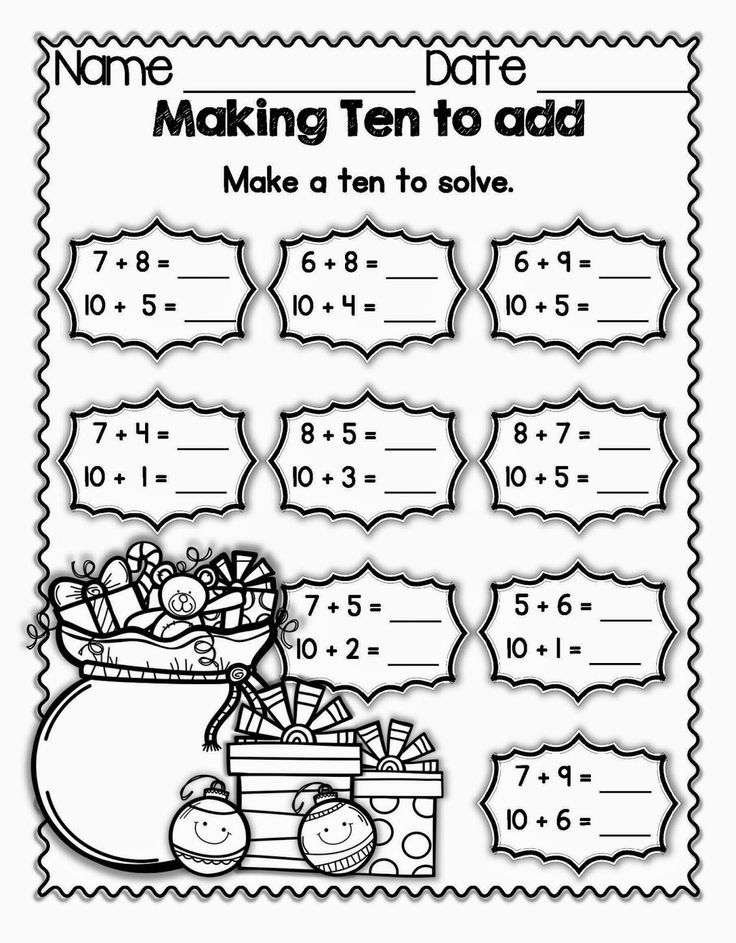 For such children, it is not required to fill out an application for the first grade on the Portal of Moscow City Services, since they are automatically enrolled in school.
For such children, it is not required to fill out an application for the first grade on the Portal of Moscow City Services, since they are automatically enrolled in school.
Where is the service located?
In order to enroll a child in school, you must register on City Services Portal . You can register yourself at the Public Services Center (see section "Registration on the Portal of Moscow city services - PGU.MOS.RU" ). Or, for registration, you can contact any universal specialist of the State Services Center, who will issue a login and password for accessing the City Services Portal.
For the convenience of filling out the application, it is recommended to fill out the Unified Personal Account in advance (see the section “Unified Personal Account for Access to Public Services and Services of the City of Moscow”).
To enroll a child in school (first and subsequent grades), after registration, select section "Education, study" .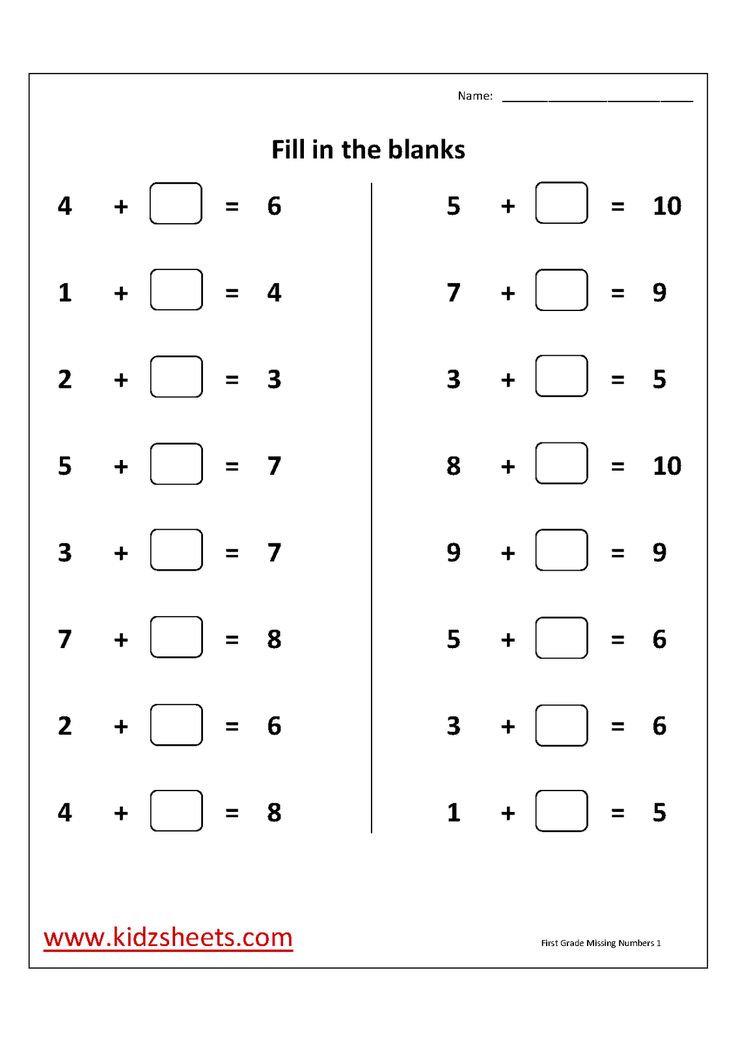
In the pop-up window, select enrollment in the first class or enrollment in all classes
After reviewing the information about the service and the list of required documents, click the "Get service" button located in the upper right corner:
How to fill out an application?
Step 1. Data on the child
- Enter the full name, gender and date of birth of the child;
- Specify the series and number of the birth certificate. If the child has a birth certificate of a foreign sample, you need to select this type of document in the proposed menu;
- Enter SNILS number.
- Specify the type of registration of the child in Moscow:
- at the place of residence;
- at the place of stay (temporary registration) and address of registration;
- Specify the child's registration address After entering the first letters of the street name, the full name will be displayed from the saved list, and the fields "County" and "District" will be automatically filled in.
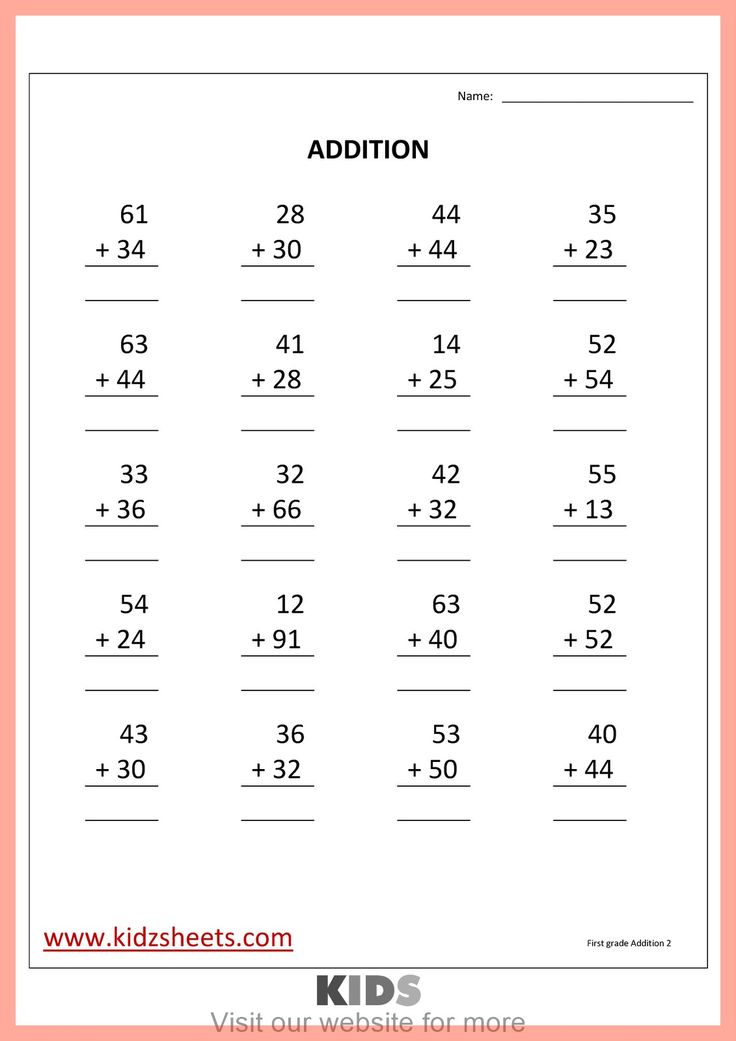 The house number is also selected from the list, and the apartment number is entered manually. If the required street is not in the list, you need to mark it with the corresponding checkbox and enter all the address information manually.
The house number is also selected from the list, and the apartment number is entered manually. If the required street is not in the list, you need to mark it with the corresponding checkbox and enter all the address information manually.
Selecting an educational institution.
Based on the specified address, a list of local schools with their contact details will be offered. You can select up to three schools.
STEP 2. Search and selection of additional schools.
If less than 3 area schools are selected, the option to select additional schools will be available.
To search for a school by number, enter the school number and click the "Find" button.
To search for a school by location, switch to search by location mode. Specify metro or area. After selecting search terms, click the "Find" button.
The search result is displayed in the list. When choosing a school, you must select the reason for enrolling in this school from the list:
- Brother / sister study at the same school;
- Preferred program of study;
- Place of residence different from place of registration;
- Studied at the preparatory stage at this school;
- Other.
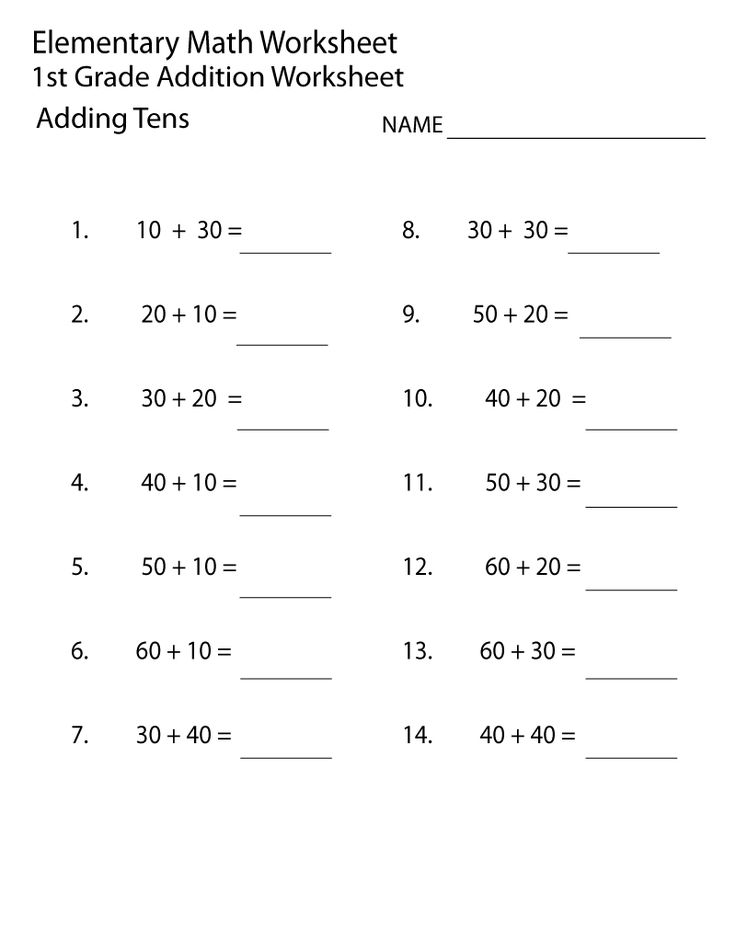
STEP 3. Information about the applicant.
- Enter the full name of the parent or legal representative of the child. When filling out on behalf of the Legal representative, it is necessary to select “Other” in section “Type of representation” and fill in column “Basic” .
- Specify contact details for receiving notifications. After completing all the steps, you should click the "Submit" button - and the application will be submitted.
If everything is correct, then you must click the "Submit" button - and the application will be submitted.
How long does it take to enroll a child in first grade?
This service is available for 30 days from the date of application. The user receives an invitation from an educational institution through the selected communication method.
Where can I see my submitted application?
All submitted applications are stored in the User's Personal Account - section "Services", tab "Notification Center".